
Small actions can have large consequences in complex systems. Here’s how UX designers can manage dependencies so users feel informed and in control rather than blocked or blindsided.

I once sent a half-written email by accident, until Gmail saved me with an Undo button. Those tiny moments define trust in UX. In this guide, we’ll break down how to design reversible actions, when to use them, and how to choose the right recovery pattern for your product.

UX initiatives often struggle to make it onto the roadmap. Learn how to align design work with PM priorities, communicate impact in business terms, and collaborate early to turn user-focused ideas into product-backed initiatives.

Learn why the shift from three-in-a-box to full-stack product leads is redefining product roles, collaboration, and career growth.
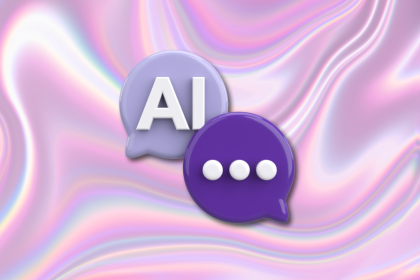
AI is messy, unpredictable, and tough to capture in PRDs. Prompt sets give UX designers a way to test, refine, and align fast.

Learn how to design AI assistants that are purpose‑driven, user‑focused, and built on trust with reusable UI patterns and clear interactions.
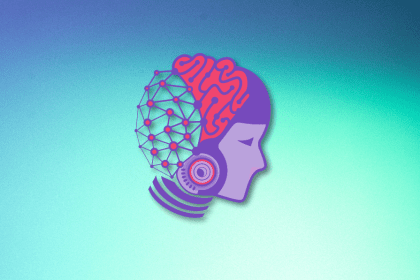
Designing AI products isn’t just about users; it’s also about trust. Here’s what I learned about balancing usability with governance in enterprise UX.
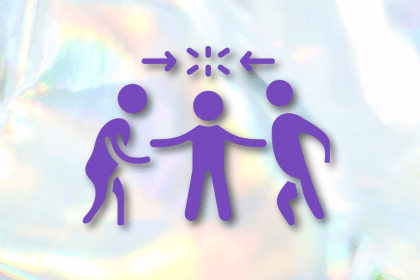
I learned this lesson the hard way. Good UX doesn’t survive endless approval loops. Here’s what went wrong — and how to protect your vision.
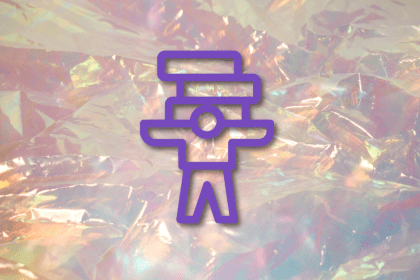
Optimization fatigue is real. Here’s why designing only for metrics drains creativity, and how to bring the human back into UX.
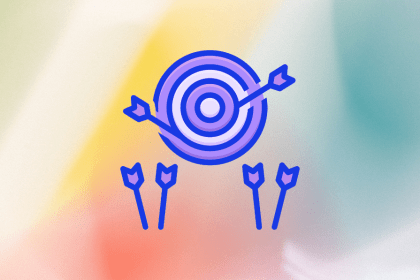
Commoditized UX design is everywhere — and it’s killing strategy. This blog shows how to push back and reclaim design as a problem-solving tool, not a factory line.

This post breaks down what design debt is and gives you 6 smart ways to fix it, without killing team velocity.
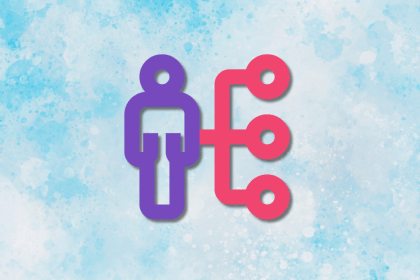
Specialization can make you valuable — or vulnerable. Explore how to build breadth in your design career before you’re forced to pivot.